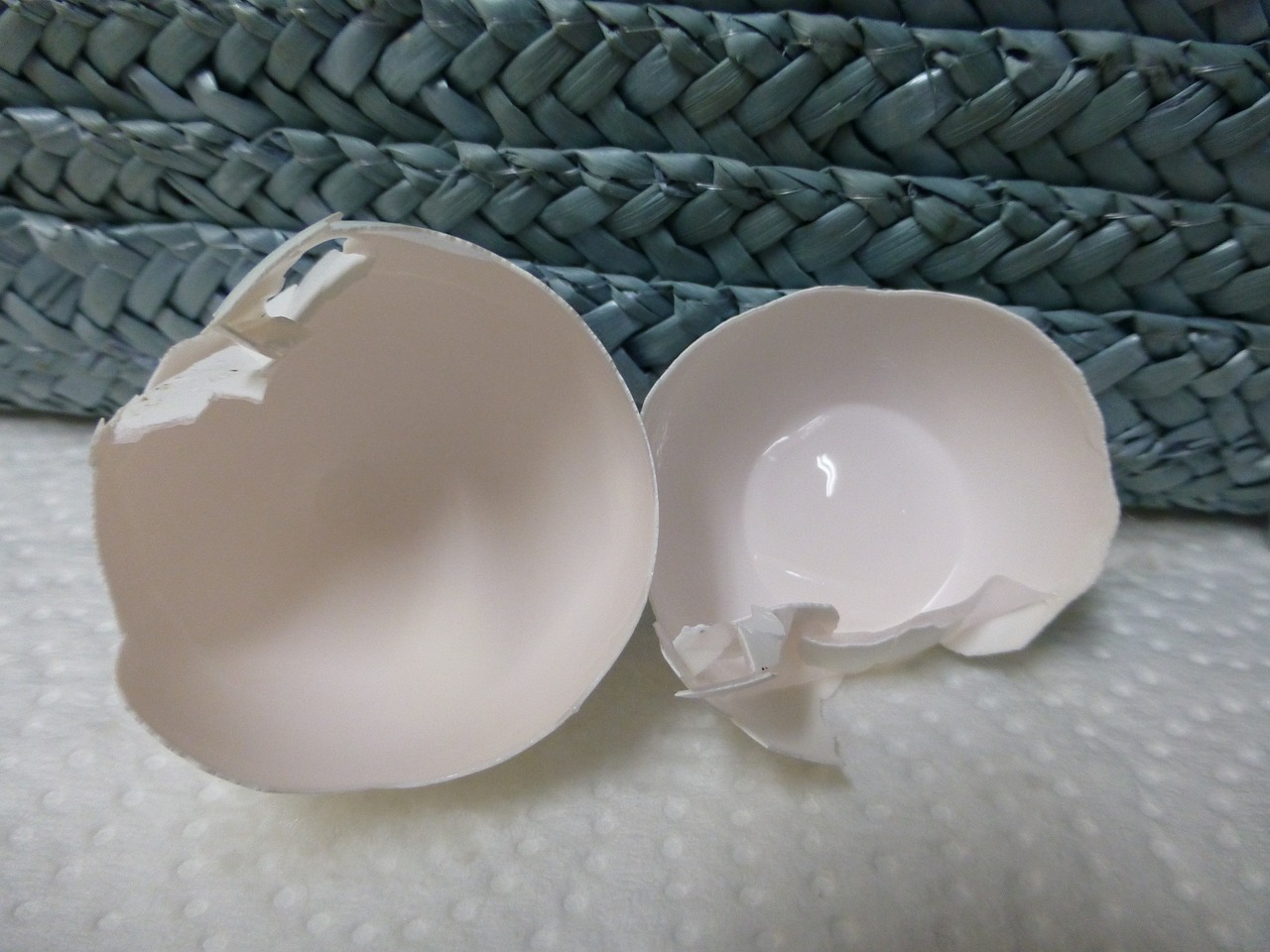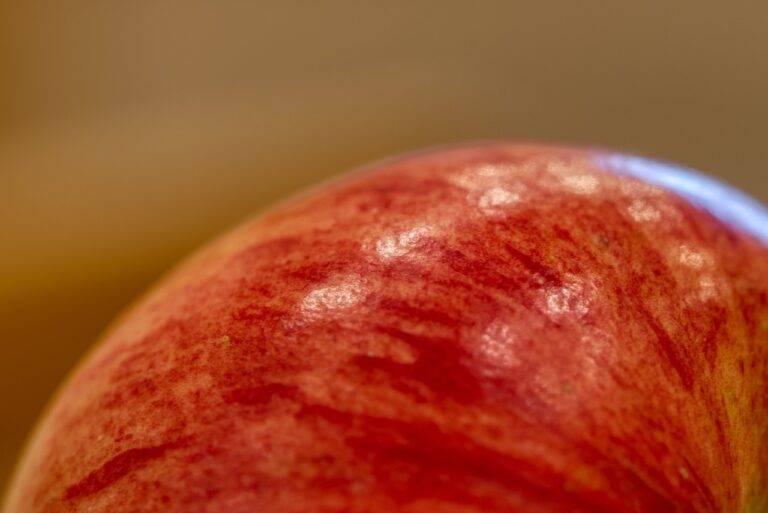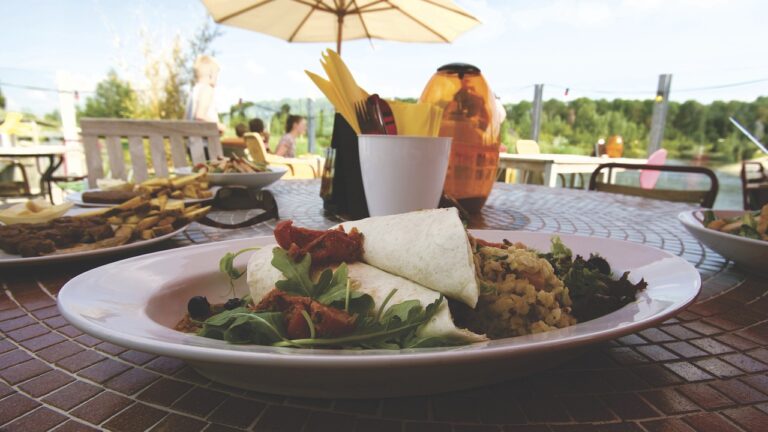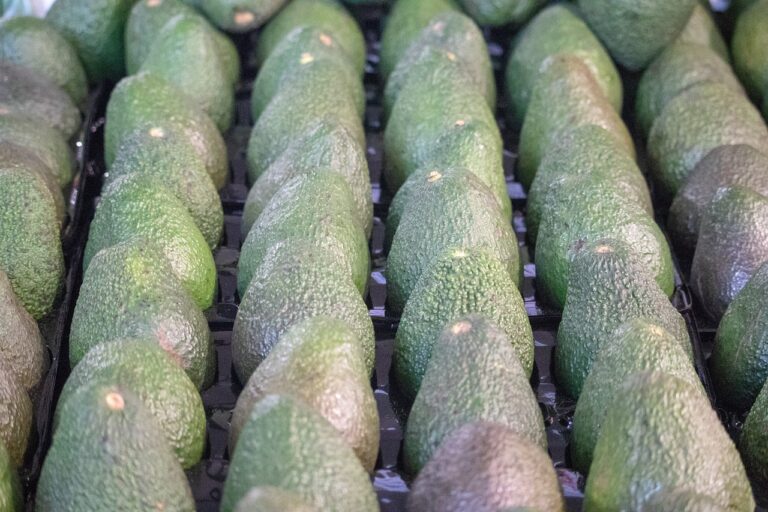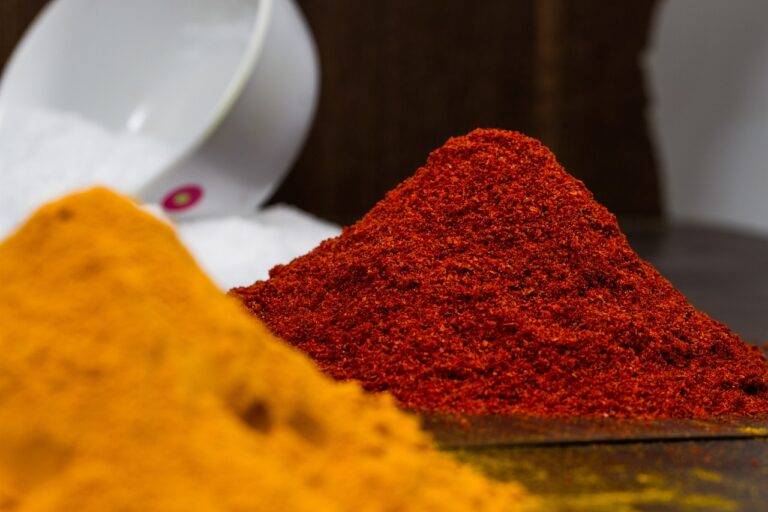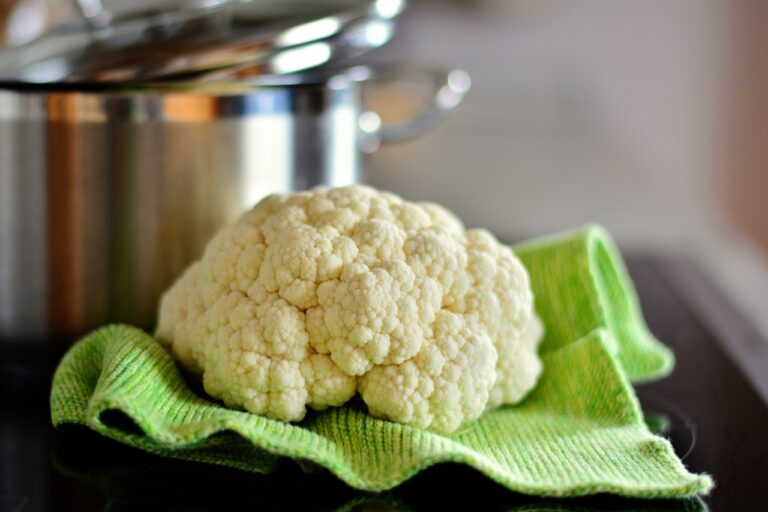The Future of Edible Packaging in Prepared Meals: Tiger exange, Golden77 login, Sky 99 exch app
tiger exange, golden77 login, sky 99 exch app: The future of edible packaging in prepared meals is looking promising as more and more companies are exploring innovative ways to reduce waste and environmental impact. With concerns about plastic pollution on the rise, edible packaging offers a sustainable solution that can revolutionize the way we consume food.
Why Edible Packaging?
Edible packaging provides a unique way to reduce waste and improve sustainability in the food industry. Traditional packaging materials such as plastic and Styrofoam contribute to pollution and environmental degradation. Edible packaging, on the other hand, can be consumed along with the food it contains, eliminating the need for disposal and reducing waste.
Advancements in Edible Packaging Technology
In recent years, there have been significant advancements in edible packaging technology. Researchers and food scientists are exploring new materials and techniques to create packaging that is not only edible but also safe and practical. Edible films made from ingredients such as seaweed, tapioca, and cornstarch are gaining popularity as a sustainable alternative to traditional packaging materials.
Benefits of Edible Packaging in Prepared Meals
There are several benefits to using edible packaging in prepared meals. First and foremost, edible packaging reduces waste by eliminating the need for disposal. This can help reduce the environmental impact of packaging materials and contribute to a more sustainable food system. Edible packaging also offers convenience for consumers, as it eliminates the need to remove and dispose of traditional packaging before consuming the food.
Challenges and Considerations
Despite its many benefits, edible packaging also presents challenges and considerations that must be addressed. One of the main concerns is food safety, as edible packaging materials must be safe for consumption and free from harmful chemicals. Additionally, edible packaging can be more expensive to produce than traditional packaging materials, which may impact the cost of prepared meals for consumers.
The Role of Innovation in the Future of Edible Packaging
Innovation will play a key role in shaping the future of edible packaging in prepared meals. Researchers and food scientists are constantly exploring new materials and techniques to improve the safety, practicality, and sustainability of edible packaging. Advances in biodegradable materials and food-grade coatings are opening up new possibilities for edible packaging that is both functional and environmentally friendly.
The Future Outlook
The future of edible packaging in prepared meals looks promising, as more companies are embracing sustainable practices and exploring innovative solutions to reduce waste and environmental impact. With ongoing research and development in edible packaging technology, we can expect to see more options and improvements in the coming years. Edible packaging has the potential to revolutionize the way we consume food and contribute to a more sustainable food system.
FAQs
1. Is edible packaging safe for consumption?
Yes, edible packaging is safe for consumption when made from food-grade materials and manufactured according to safety standards.
2. What are some common materials used in edible packaging?
Common materials used in edible packaging include seaweed, tapioca, cornstarch, and other biodegradable ingredients.
3. Are there any potential allergens in edible packaging materials?
Some edible packaging materials may contain allergens such as gluten, nuts, or soy. It’s important for consumers to check the ingredients list before consuming edible packaging.
4. How does edible packaging impact the cost of prepared meals?
Edible packaging can be more expensive to produce than traditional packaging materials, which may affect the cost of prepared meals for consumers. However, the environmental benefits of edible packaging may outweigh the cost considerations.
5. Is edible packaging biodegradable?
Yes, edible packaging is biodegradable and can be safely consumed or composted after use, reducing waste and environmental impact.

